I recently re-watched the Blu-rays of Psych-Out and The Trip and was instantly plunged back into the era of free love, bell bottoms, sandals, love beads and frugging in a disco under a strobe light. It also made me realize how boring drug movies have become. Who wants to watch a film about raves with people sucking on pacifiers and shaking glow sticks listening to shitty trip hop? Or heroin addicts nodding off? Or worse yet, movies about scrawny, wired speed freaks obsessively alphabetizing their spice rack? Yes, we have an opioid crisis, but watching kids raid their parents’ medicine cabinet is not remotely cinematic. At least movies in the 60s about LSD were all about the visual, and filmmakers had a ball trying to translate that experience onto film.
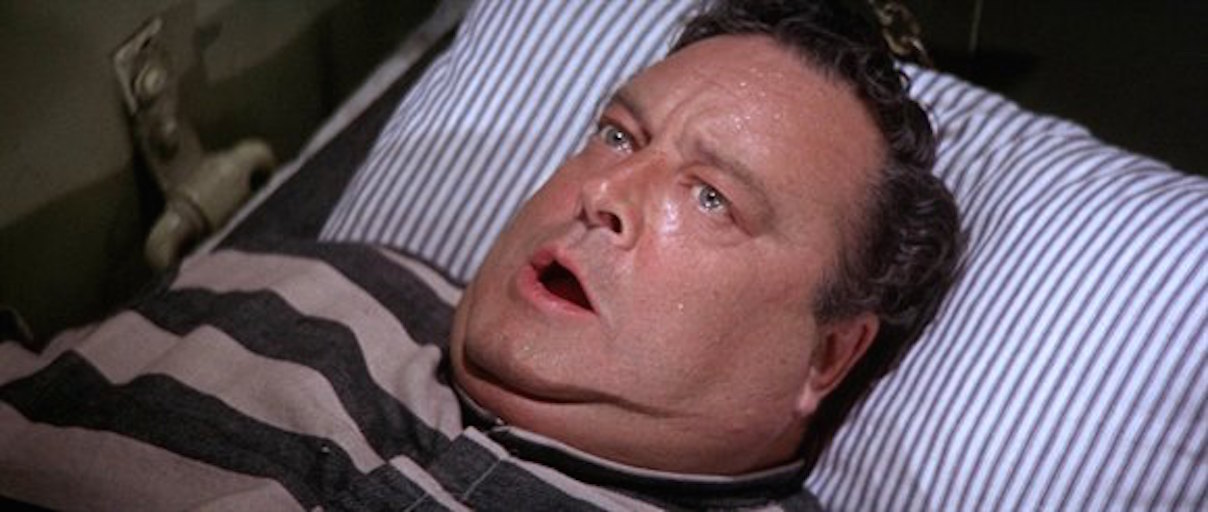
Director Roger Corman dropped acid before he did The Trip for authenticity. But then again so did Otto Preminger before he made Skidoo and ended up making a druggy counter-culture movie starring old people (Carol Channing, Groucho Marx, Burgess Meredith, Cesar Romero, Mickey Rooney). Preminger’s idea of “cool” was to show Jackie Gleason high on LSD in a prison hallucinating dancing garbage cans.
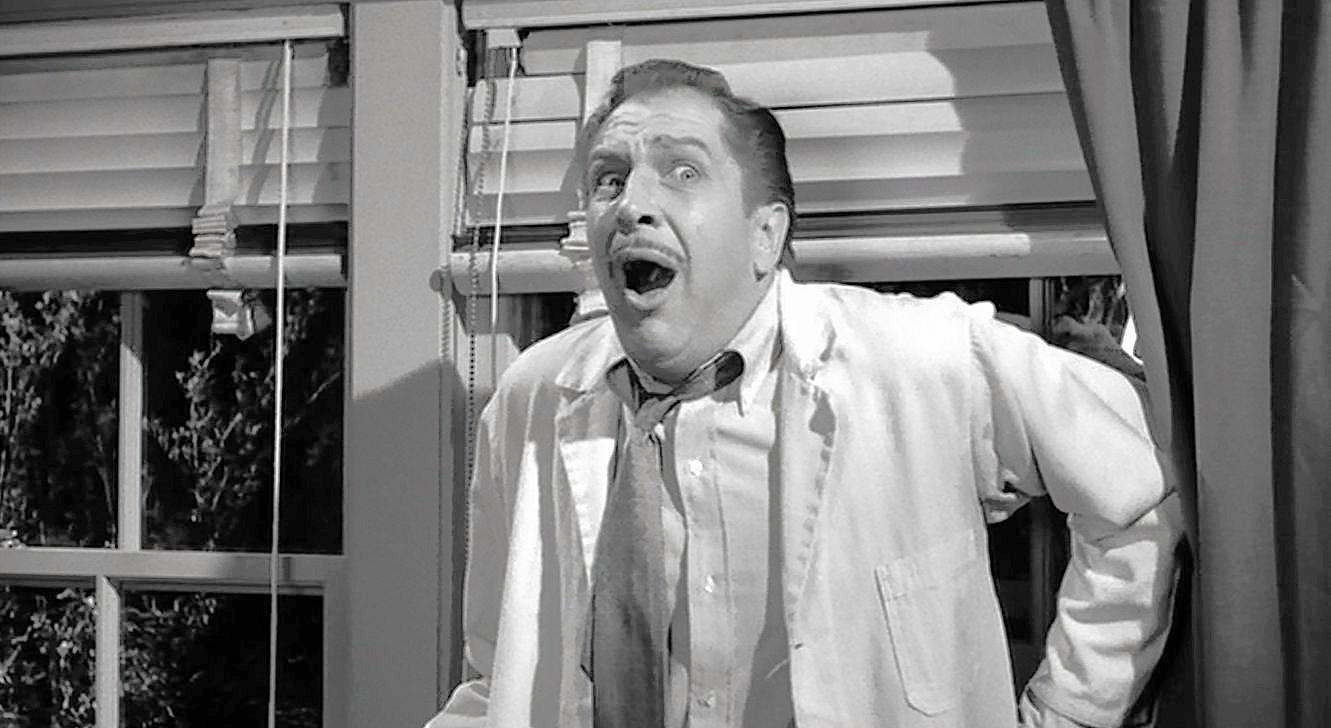
Believe it or not, Vincent Price was one of the first actors to trip on film, when, in The Tingler (1959), he played a doctor investigating “fear” who shoots up LSD, recording his experiences on a tape recorder. Within seconds his vision blurs, the room closes in on him and a skeleton in his lab has him screaming like a white woman. It was the first freak-out on film and a touchstone for later, cautionary drug movies in which kids experimenting with hallucinogens end up leaping out of bedroom windows like in John Waters’ hilarious short The Diane Linkletter Story (1970).
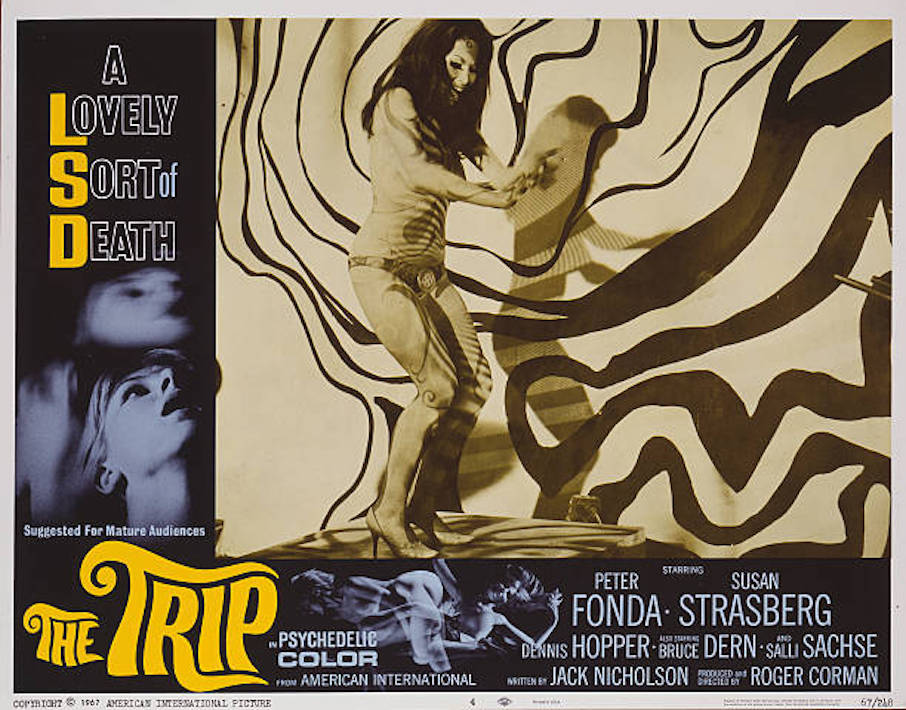
The Trip (1967) stars Peter Fonda as a TV-commercial director who decides to experiment with LSD. Bruce Dern plays his “guide” for this journey of self-discovery but when Fonda starts tripping his brains out he hallucinates kaleidoscopic images and imagines masked riders chasing him. He runs from the house and wanders into nightclubs and laundromats (where he grooves out on a dryer). In the morning, he looks out on the ocean. At this point, much to director Roger Corman’s fury, the producers of the film slipped in a cracked-screen freeze-frame to suggest that Fonda had lost his mind. Critics bitched that the movie was like a how-to manual for drug-taking, but kids responded to the non-judgmental tone and the movie was a huge hit. Now out on Blu-ray from Olive Films, for the first time the original ending has been lovingly restored.
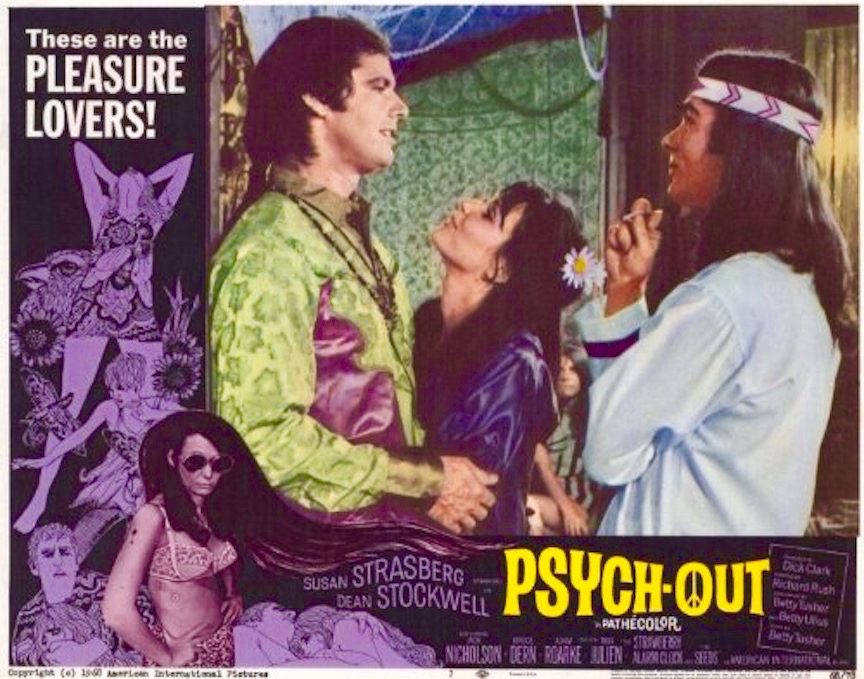 “Listen To The Sound Of Purple” screamed the ads for Psych-Out (1968). Directed by Richard Rush (The Stunt Man), and produced by Dick Clark, it starred Susan Strasberg as a 17-year-old deaf runaway who arrives in Haight Ashbury at the height of the free-wheeling hippie scene, searching for her lost brother. In a coffeehouse she meets the aptly named Stoney (a young, pony-tailed Jack Nicholson), the lead guitarist in a lousy rock band who takes her under his wing and drives her around in his psychedelic painted van. They enlist the help of Dave (a long-haired Dean Stockwell) who lives in a box on a roof and says things like “It’s one big plastic hassle, man.” They find out her brother (Bruce Dern) has become a self-styled priest called “The Seeker,” living at the city dump and getting chased by thugs because he preaches that “God is alive and well in a sugar cube.” Strasberg gets dosed with STP and ends up walking in traffic on the Golden Gate Bridge. When Stockwell tries to rescue her he gets hit by a car and dies saying: “Reality is a deadly place. I hope this trip is a good one.” God knows, this film hardly advocates drugs, but, frankly, who the hell could listen to the Strawberry Alarm Clock sing “Rainy Day Mushroom Pillow” in this film unless they were high?
“Listen To The Sound Of Purple” screamed the ads for Psych-Out (1968). Directed by Richard Rush (The Stunt Man), and produced by Dick Clark, it starred Susan Strasberg as a 17-year-old deaf runaway who arrives in Haight Ashbury at the height of the free-wheeling hippie scene, searching for her lost brother. In a coffeehouse she meets the aptly named Stoney (a young, pony-tailed Jack Nicholson), the lead guitarist in a lousy rock band who takes her under his wing and drives her around in his psychedelic painted van. They enlist the help of Dave (a long-haired Dean Stockwell) who lives in a box on a roof and says things like “It’s one big plastic hassle, man.” They find out her brother (Bruce Dern) has become a self-styled priest called “The Seeker,” living at the city dump and getting chased by thugs because he preaches that “God is alive and well in a sugar cube.” Strasberg gets dosed with STP and ends up walking in traffic on the Golden Gate Bridge. When Stockwell tries to rescue her he gets hit by a car and dies saying: “Reality is a deadly place. I hope this trip is a good one.” God knows, this film hardly advocates drugs, but, frankly, who the hell could listen to the Strawberry Alarm Clock sing “Rainy Day Mushroom Pillow” in this film unless they were high?
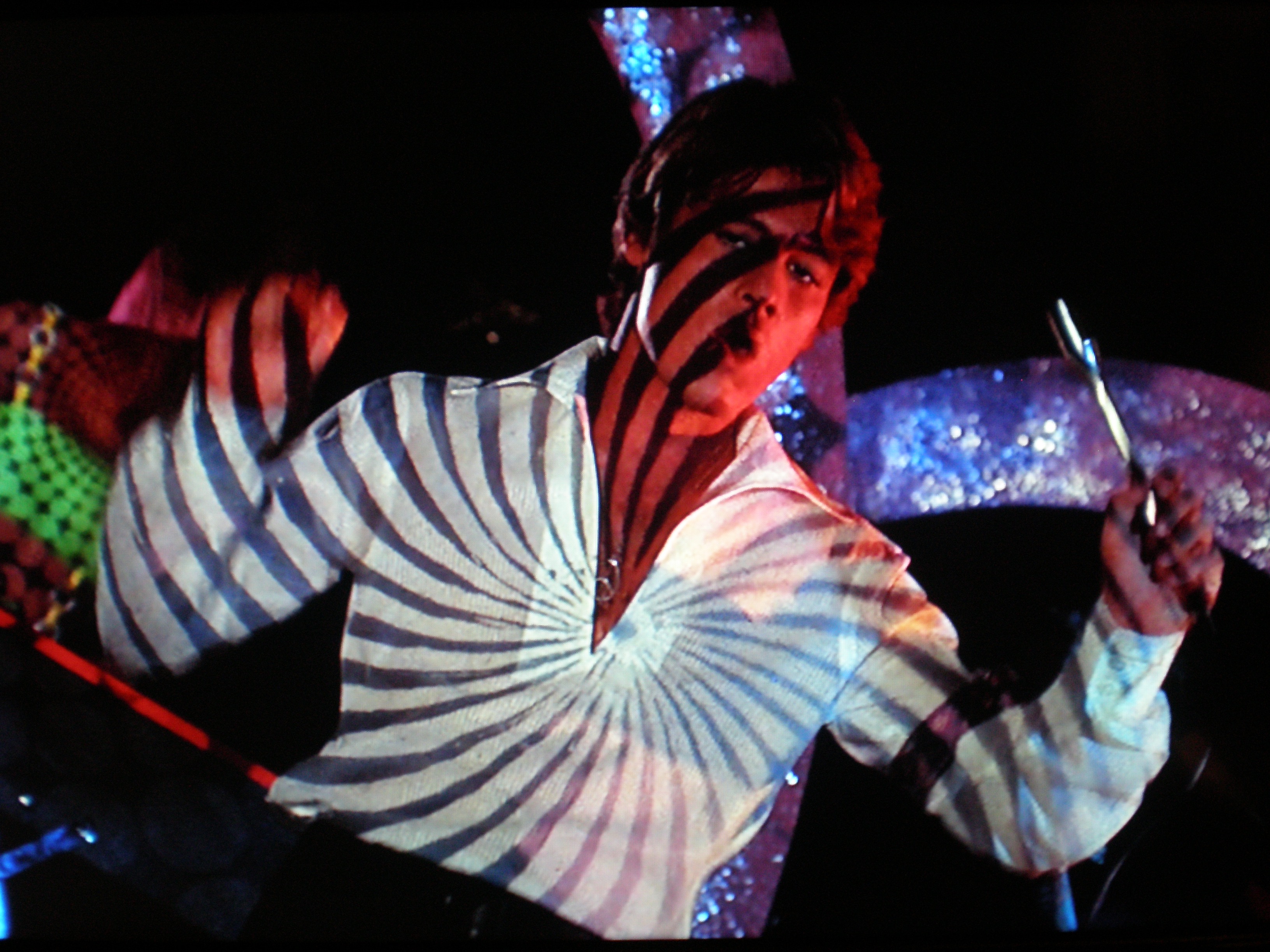
Wild In The Streets (1968) was a surprisingly savvy take on youth culture with a James Dean-like Christopher Jones as Max, a rock ‘n roll superstar who, during a televised live show begins a chant of “Fourteen or fight!” and his fans take to the street in droves, causing the legal voting age to become 15. Max is elected President and forces anyone over the age of 35 into internment camps where they are force-fed LSD. He even does this to his own mother (Shelley Winters).
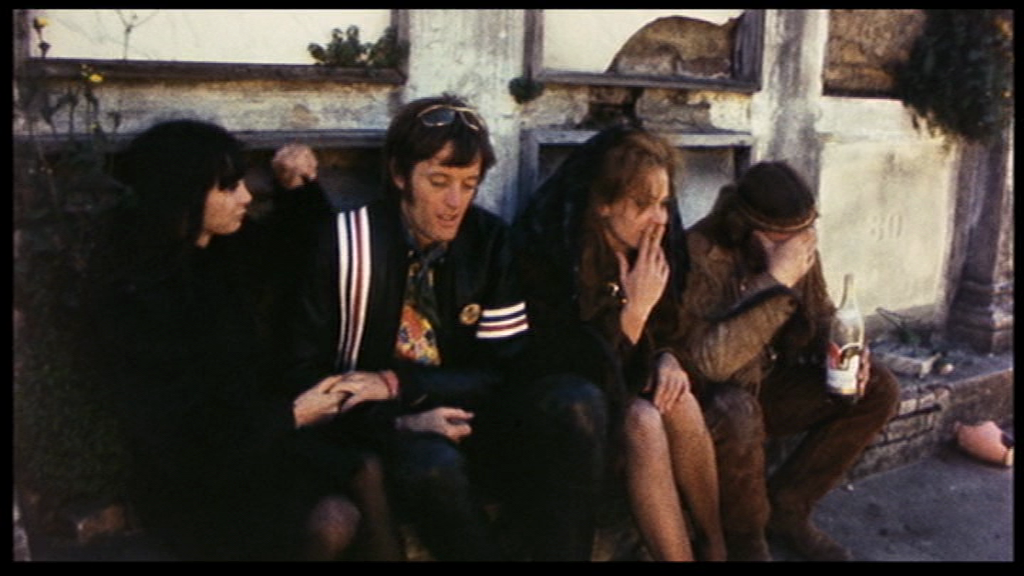
Easy Rider (1969) Dennis Hopper’s influential low budget hit was about two bikers (Peter Fonda & Dennis Hopper) making a drug run from L.A. to Louisiana. But it struck a chord with the counter culture at the time and really affected major film studios to turn their focus on youth-oriented films. One can see Roger Corman’s influence in the scene where the travelers (and some girls) drop acid in a New Orleans cemetery and have weird, unsettling visions. Quick cutting, religious imagery, glimpses of nudity and fish-eye-lens flashes add to the disorientation on screen.
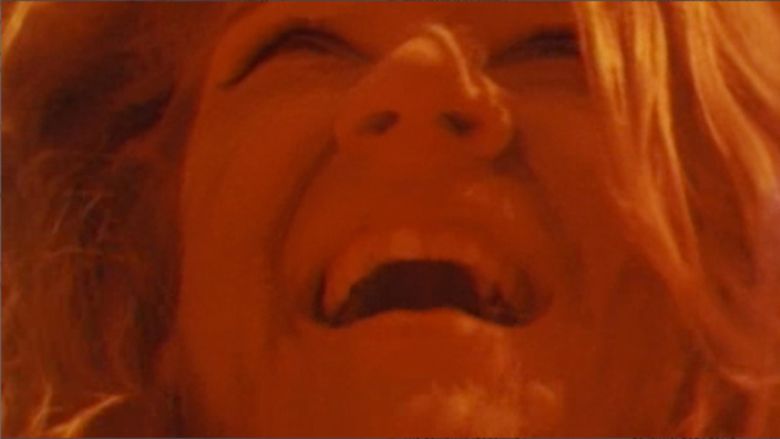
Something Weird (1967) One of the most cockamamie Herschell Gordon Lewis (Blood Feast) movie ever, about Cronin Mitchell (Tony McCabe), whose face was horribly disfigured by a downed power line. But the accident leaves him with great psychic powers. A witch (Elizabeth Lee) offers to return his good looks if he becomes her lover. Meanwhile a government man (Bill Brooker) is brought in to help solve a series of brutal killings of women and gives Cronin LSD, to help heighten his powers of perception, and identify the murderer. The scene where Cronin trips is basically an orange gel over the camera lens while Cronin dreams of running over sand and then seeing his own death at the hands of the killer. But that’s nothing compared to the sequence where the government agent is almost killed in his bed by his own blanket.
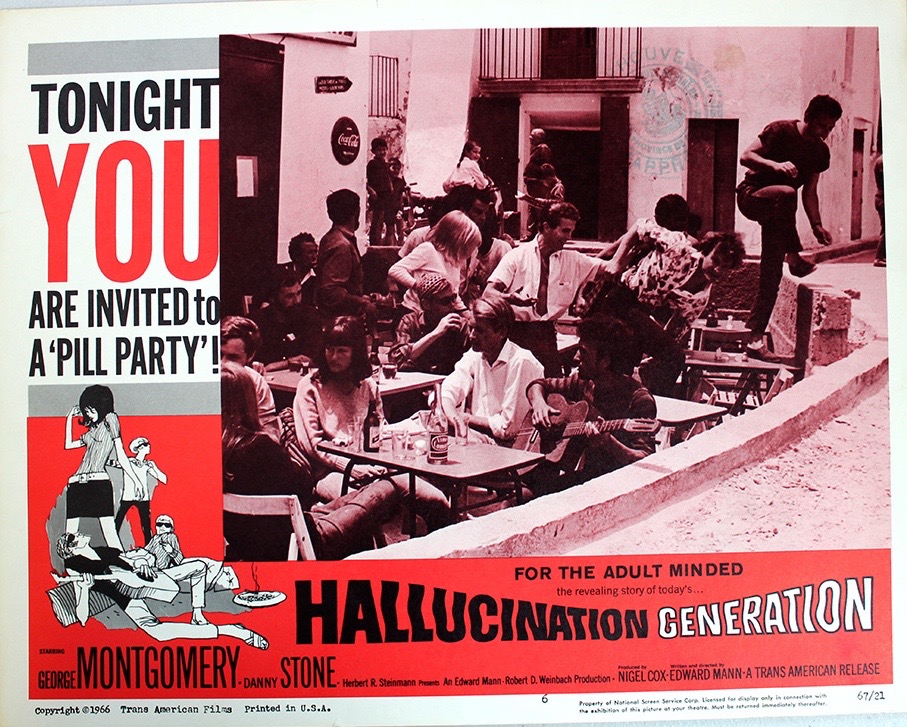 Other LSD-themed movies were- Hallucination Generation (1966), with George Montgomery as a groovy guru who dispenses LSD to his followers at his beach pad in California, often with dire results. And I don’t even remember Free Grass! (1969) starring Richard Beymer and Russ Tamblyn, or The Weird World Of LSD (1967), or The Acid Eaters (1968) about office workers spending their weekends getting high and having sex. I think I did see The Hooked Generation (1968), about dope smugglers with a Cuban connection. By the 70s, the specter of the Manson family permeated the drug movies, most notably in Russ Meyer’s great Beyond The Valley Of The Dolls.
Other LSD-themed movies were- Hallucination Generation (1966), with George Montgomery as a groovy guru who dispenses LSD to his followers at his beach pad in California, often with dire results. And I don’t even remember Free Grass! (1969) starring Richard Beymer and Russ Tamblyn, or The Weird World Of LSD (1967), or The Acid Eaters (1968) about office workers spending their weekends getting high and having sex. I think I did see The Hooked Generation (1968), about dope smugglers with a Cuban connection. By the 70s, the specter of the Manson family permeated the drug movies, most notably in Russ Meyer’s great Beyond The Valley Of The Dolls.

Riot On Sunset Strip (1967) was an attempt to fictionalize the L.A. riots caused by police curfews. They even used real riot footage during the film. Aldo Ray plays a fair-minded cop who sides with the hippies. That is until his wild-child daughter (Mimsy Farmer) is slipped acid at a party and then sexually assaulted. Her endless freak-out dance at the party is something that I have showed to countless friends. It’s just the best!
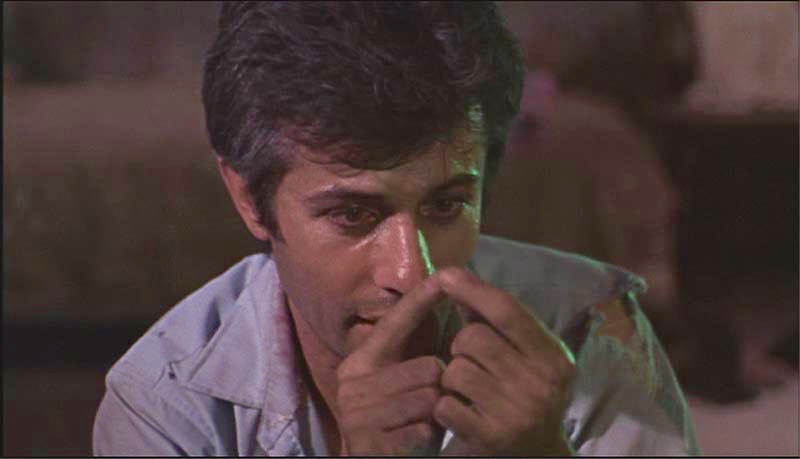 The Big Cube (1969) star Lana Turner plays as a famous actress who is dosed by her daughter for her money. Scenes with Lana tripping out are just hilarious. But the best is the end with George Chakiris, as a villainous drug dealer, crawling across the floor consuming one LSD sugar cube after another. It’s another big reason these movies remain so much fun.
The Big Cube (1969) star Lana Turner plays as a famous actress who is dosed by her daughter for her money. Scenes with Lana tripping out are just hilarious. But the best is the end with George Chakiris, as a villainous drug dealer, crawling across the floor consuming one LSD sugar cube after another. It’s another big reason these movies remain so much fun.
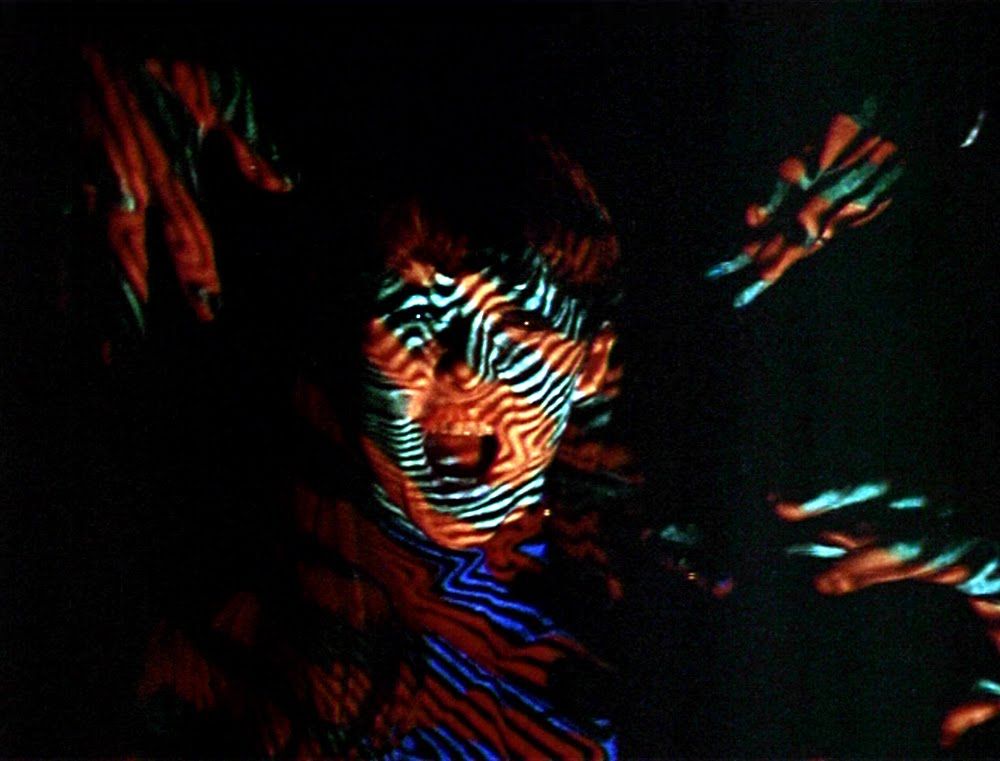 Mantis In Lace (1968) stars Susan Stewart as a crazed go-go girl who takes LSD and then lures men to a warehouse to hack them up with a meat cleaver. What a bummer, man!
Mantis In Lace (1968) stars Susan Stewart as a crazed go-go girl who takes LSD and then lures men to a warehouse to hack them up with a meat cleaver. What a bummer, man!
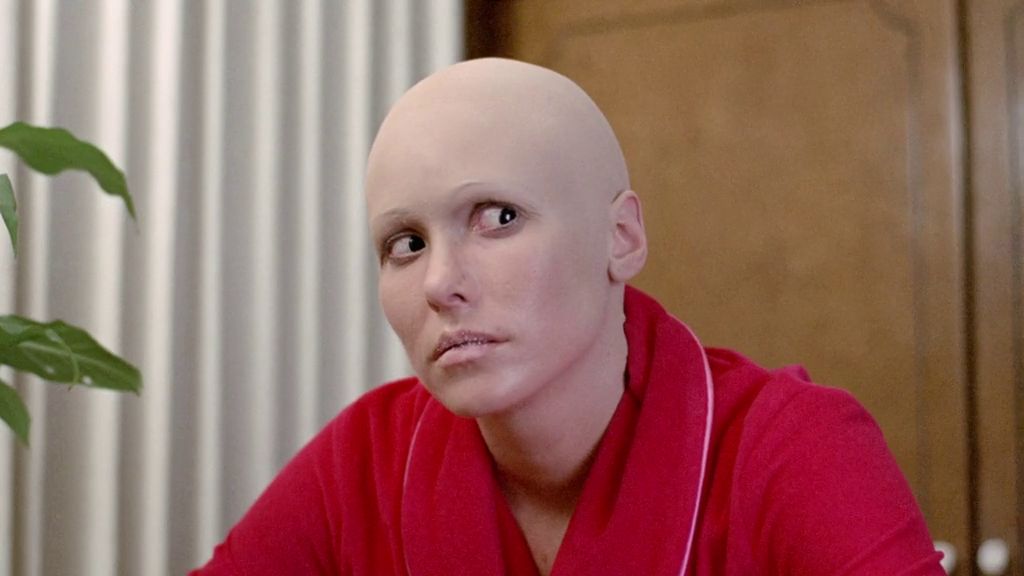
All proof that this was a great film genre- the groovy, bad acid movie. And the kind of filmmaking that’s missed in these all too-sober times. But my choice for one of the most bizarre and best of these flicks is Jeff Lieberman’s Blue Sunshine (1976), where a batch of experimental LSD causes the people who took it to lose their hair and commit murders 10 years later.
Christ, I feel like killing a few people these days. Maybe it’s because of some bad acid I once took- or maybe it’s from having to sit through another rotten super hero movie. Either is a good legal defense.
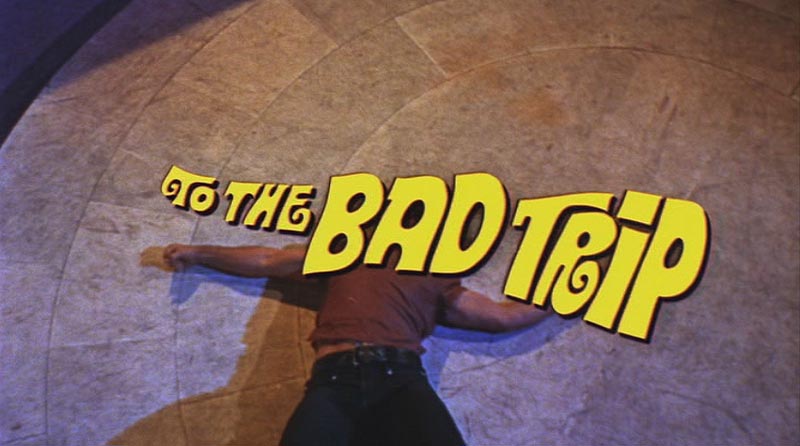

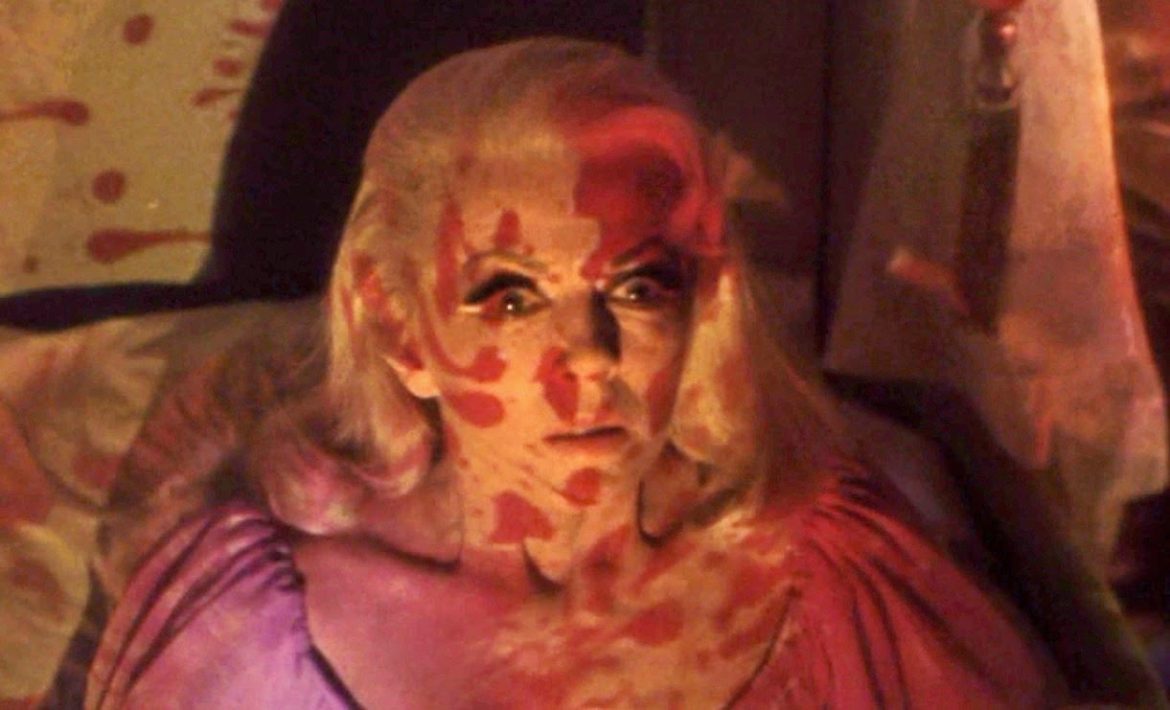
Incense and Peppermints to you, too!!